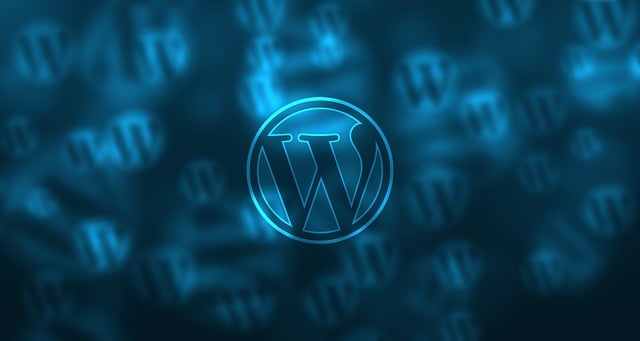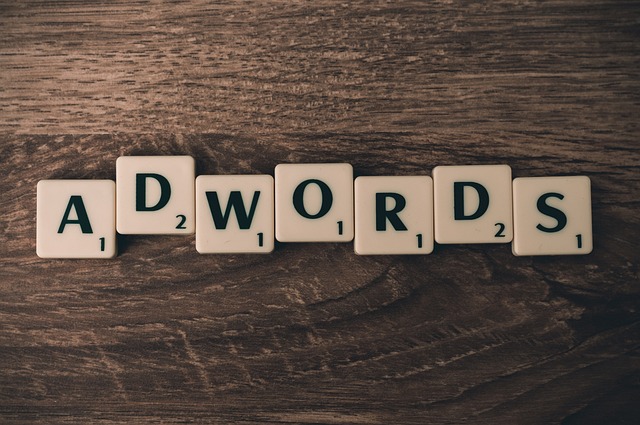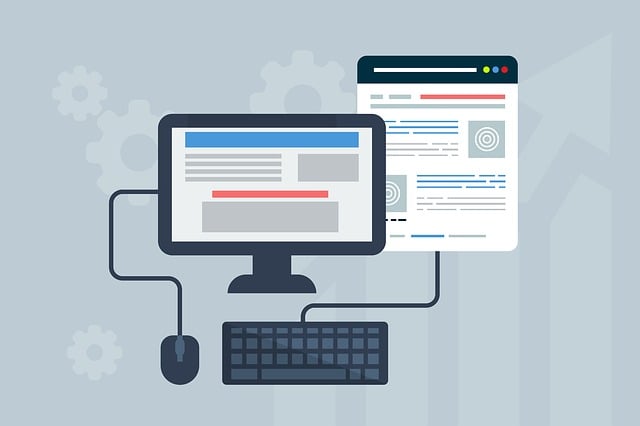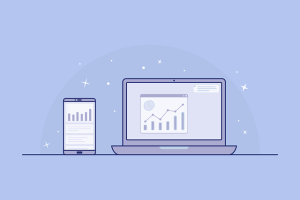In today's digital world, fast-loading websites are critical for user engagement, conversion rates, and search engine rankings. Slow sites lead to higher bounce rates and hinder SEO, making affordable web design services focusing on speed optimization essential. By enhancing performance through efficient coding, media optimization, and modern technologies, these services improve user experience, boost brand awareness, and increase organic traffic, ultimately driving business success. Regular audits and updates are crucial for maintaining fast loading times, as overlooked issues can significantly impact website performance. Engaging affordable web design services that employ advanced techniques like data compression, minimized HTTP requests, and optimized media ensures faster page rendering, enhancing user satisfaction and SEO rankings without breaking the bank.
In today’s digital era, a fast-loading website is not just desirable—it’s essential. Understanding the significant impact of website loading speed can drive substantial business growth and enhance user experience. This article delves into crucial aspects of fast-loading design, including benefits for businesses, common causes of slow sites, and effective strategies to improve performance. We explore the role of affordable web design services in speeding up your site and provide valuable tools for measuring load times. Additionally, successful case studies highlight the transformative power of optimized website designs.
Understanding the Impact of Website Loading Speed

The speed at which a website loads can significantly impact user experience, conversion rates, and search engine rankings. In today’s digital era, where folks are accustomed to instant gratification, even a slight delay in page loading can deter visitors from engaging further. This is especially true for affordable web design services, where providing both quality content and fast loading times is essential to keep users interested.
Slow-loading websites can lead to higher bounce rates, as visitors become impatient and navigate elsewhere. Search engines like Google also factor loading speed into their algorithms, which means sites with quicker load times are more likely to rank higher. By optimizing your website’s performance, you’re not just enhancing the user experience—you’re also boosting your online visibility and potential for success in a competitive digital landscape.
Benefits of Fast-Loading Websites for Businesses

Fast-loading websites play a pivotal role in enhancing business performance and profitability online. In today’s digital landscape, users expect instant gratification, and a slow website can lead to a significant loss of potential customers. Studies show that just a one-second delay in page load time can result in a 7% decrease in conversions, impacting sales and revenue directly. By investing in affordable web design services focused on speed optimization, businesses can capitalize on several key advantages.
Firstly, improved user experience means higher customer satisfaction and increased likelihood of return visits. Fast websites offer seamless navigation, reducing bounce rates and encouraging users to explore more pages. This engagement translates into better brand awareness, stronger online presence, and ultimately, a competitive edge in the market. Moreover, search engines like Google prioritize faster sites in their rankings, driving organic traffic and boosting visibility for businesses leveraging affordable web design solutions with speed in mind.
Common Causes of Slow Websites and How to Avoid Them

Many websites struggle with slow loading times, which can be frustrating for users and detrimental to a brand’s online presence. Common causes include outdated code, heavy media usage, and a lack of optimization. Affordable web design services often overlook these issues during initial development, leading to subpar performance. To avoid such pitfalls, developers must keep code efficient, optimize images and other multimedia, and leverage modern technologies for faster rendering.
Additionally, excessive third-party scripts and plugins can significantly slow down a site. While they offer valuable functionality, their impact on loading speeds cannot be overlooked. Regularly reviewing and updating these elements is crucial to maintain optimal performance. By addressing these causes proactively, web designers can ensure fast-loading websites that provide an exceptional user experience, ultimately contributing to better search engine rankings and higher conversion rates.
Strategies for Improving Web Page Performance

Optimizing web page performance is crucial for delivering an exceptional user experience, especially in today’s fast-paced digital landscape. One effective strategy is minimizing page load times by compressing media assets like images and videos. Utilize modern image formats such as WebP, which offer significant compression without sacrificing quality, resulting in quicker downloads. Additionally, leveraging browser caching allows frequently accessed resources to be stored locally, reducing the need for repeated downloads and enhancing overall speed.
Another key approach involves implementing a Content Delivery Network (CDN). CDNs distribute content across multiple servers worldwide, ensuring users access data from the nearest location. This strategy not only reduces latency but also handles high traffic effectively. Moreover, code optimization plays a vital role; minifying HTML, CSS, and JavaScript files removes unnecessary characters, making them smaller and faster to load. Consider engaging affordable web design services that offer performance-focused solutions tailored to your website’s needs.
The Role of Affordable Web Design Services in Speeding Up Your Site

In today’s digital landscape, having a fast-loading website is crucial for user experience and search engine optimization (SEO). One often overlooked factor in achieving this speed is the choice of web design services. Affordable web design services play a significant role in optimizing your site’s performance without breaking the bank. These services offer cost-effective solutions that can significantly reduce page load times, ensuring your website delivers content swiftly to users.
By leveraging advanced techniques and optimized coding practices, affordable web design professionals streamline your site’s infrastructure. They implement efficient data compression methods, minimize HTTP requests, and optimize images and other media elements. All these strategies contribute to faster page rendering, leading to improved user satisfaction and better SEO rankings.
Tools and Techniques for Measuring Website Load Times

Measuring website load times is a crucial step in optimizing your site for fast performance, especially when considering affordable web design services. There are several powerful tools available to developers and designers that provide detailed insights into page loading speed. These include Google PageSpeed Insights, GTmetrix, Pingdom, and WebPageTest. Each tool offers unique features, such as identifying slow-loading resources, suggesting optimizations, and comparing your site against industry benchmarks.
By utilizing these tools, you can uncover bottlenecks in your website’s performance, whether they’re caused by large image files, inefficient code, or third-party scripts. Once identified, developers can employ various techniques to enhance load times. These include optimizing images using compression tools, minifying and combining CSS and JavaScript files, leveraging browser caching, and implementing lazy loading for offscreen content. These strategies not only speed up your site but also contribute to delivering an enhanced user experience, a key factor in choosing affordable web design services that meet modern performance standards.
Case Studies: Successful Implementations of Fast Loading Designs

In the competitive digital landscape, fast-loading websites are no longer a luxury but a necessity. Case studies from various industries highlight successful implementations of affordable web design services focused on speed. For instance, a study of e-commerce sites revealed that reducing load times by just 2 seconds led to significant increases in conversion rates and customer satisfaction. This is largely due to improved user experience, as faster loading pages decrease bounce rates and encourage visitors to engage longer.
Another notable case involves educational institutions. Universities and schools that prioritized fast-loading designs for their online platforms experienced enhanced accessibility and better student retention. Faster sites allow students to navigate course materials without frustration, ensuring they have a seamless learning experience from the outset. These real-world examples underscore the importance of investing in affordable web design services that deliver exceptional speed without compromising aesthetics or functionality.
